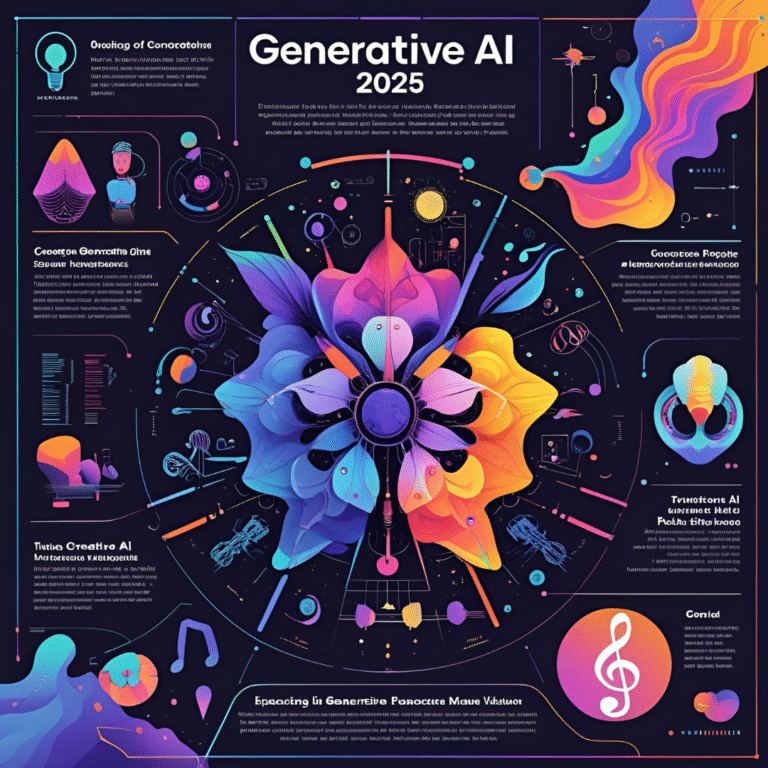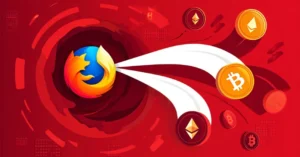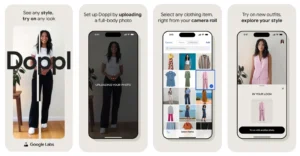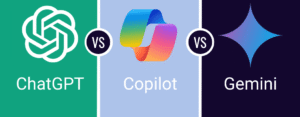
Generative AI in 2025: The Creative Revolution Explained Simply

Introduction: When AI Becomes Your Creative Partner
Imagine an assistant that can write your reports, design your marketing materials, compose music for your videos, and even help develop new products – all in minutes. This isn’t science fiction; it’s Generative AI, and by 2025, it will transform how we work, create, and solve problems.
Generative AI refers to artificial intelligence that can create original content – text, images, music, code, and more. Unlike traditional AI that analyzes data, generative AI produces new things. Let’s explore this exciting technology in simple terms with real-world examples anyone can understand.
How Generative AI Works (The Simple Explanation)
The Digital Brain That Learns Patterns
Generative AI models are trained on massive amounts of data (books, artwork, music, etc.) to learn patterns. Then they can:
-
Understand your request (“a poem about the ocean”)
-
Predict what should come next (word by word or pixel by pixel)
-
Generate original content that follows the patterns it learned
Example: ChatGPT works like an ultra-smart autocomplete – it predicts the next word that would make the most sense in a sentence.
7 Amazing Ways Generative AI Will Be Used in 2025
1. Supercharged Content Creation
-
Marketing teams generating hundreds of ad variations in minutes
-
Bloggers getting AI-assisted first drafts
-
Local businesses creating professional websites automatically
Example: Jasper.ai helps marketers write product descriptions and email campaigns.
2. Personalized Education
-
Tutors that adapt explanations to each student’s level
-
Practice tests generated for specific weak areas
-
Interactive learning stories customized to student interests
Example: Khan Academy’s AI tutor Khanmigo provides 1-on-1 help to students.
3. Game & Movie Development
-
Procedural game worlds that generate endlessly
-
Background characters with unique personalities
-
Animation assistance for indie creators
Example: NVIDIA’s AI can generate 3D objects from text descriptions for game designers.
4. Product Design & Manufacturing
-
AI co-designers suggesting product improvements
-
Thousands of prototypes simulated in hours
-
Customized products designed for individual buyers
Example: Autodesk’s generative design software creates optimized mechanical parts.
5. Scientific Discovery
-
New molecule designs for medicines
-
Hypothesis generation for researchers
-
Research paper summaries saving scientists time
Example: DeepMind’s AlphaFold predicts protein structures to accelerate drug discovery.
6. Personalized Healthcare
-
Custom treatment plans based on patient history
-
Medical imaging analysis that spots early issues
-
Virtual health assistants available 24/7
Example: AI systems can now generate preliminary radiology reports.
7. Software Development
-
Code generation from simple descriptions
-
Bug detection and fixes
-
Documentation writing for programmers
Example: GitHub Copilot suggests code as developers type, like autocomplete for programming.
The Technology Behind Generative AI in 2025
1. Multimodal Models
AI that understands and connects text, images, and audio together.
2. Smaller, More Efficient Models
Reducing the massive computing power needed today.
3. Better Fact-Checking
Addressing the “hallucination” problem where AI makes up facts.
4. Personal AI Assistants
Models that learn your personal style and preferences over time.
Challenges We Need to Solve
-
Copyright Issues – Who owns AI-generated content?
-
Job Market Shifts – How will creative professions adapt?
-
Misinformation Risks – Fake but convincing content
-
Energy Costs – Training large models consumes significant power
Real Examples You Can Try Today
| Tool | What It Does |
|---|---|
| ChatGPT | Writes text, answers questions |
| DALL-E 3 | Creates images from text |
| Suno AI | Generates music from descriptions |
| Runway ML | Edits videos with text prompts |
The Future: What to Expect by 2025
-
AI co-workers becoming standard in many jobs
-
Personalized everything – from news to products
-
Democratized creativity – anyone can bring ideas to life
-
Hybrid human-AI workflows where each does what they’re best at
Example: You might describe a product idea to an AI that generates designs, writes the marketing copy, and suggests manufacturing partners – all before lunch.
Conclusion: The Creative Revolution
Generative AI isn’t about replacing humans – it’s about amplifying our capabilities. By 2025, these tools will be as common as smartphones, helping us solve problems faster and express ideas more easily than ever before.
The key will be learning to work with AI as a partner – guiding its creativity while applying human judgment where it matters most. The future belongs to those who can harness both artificial and human intelligence together.




